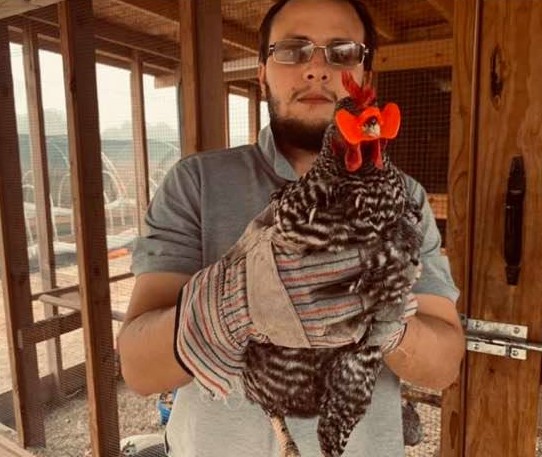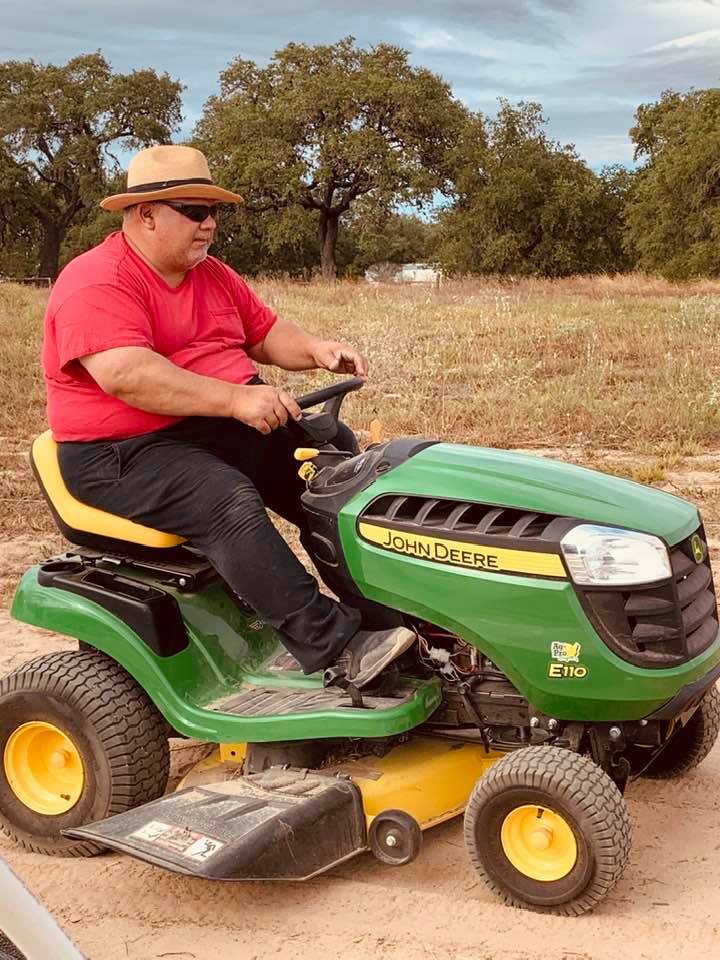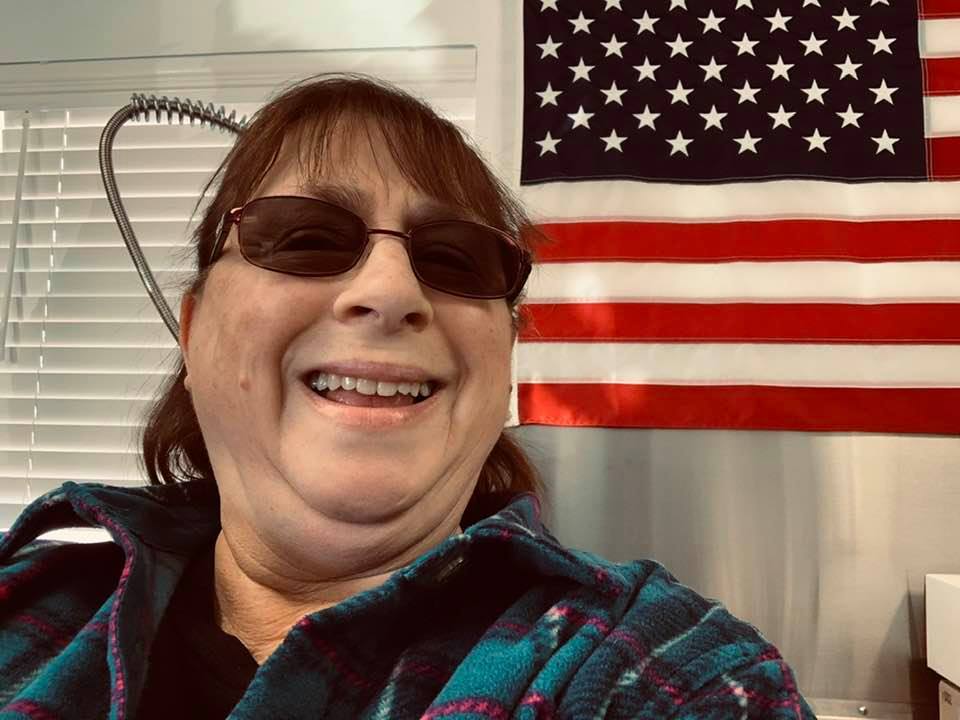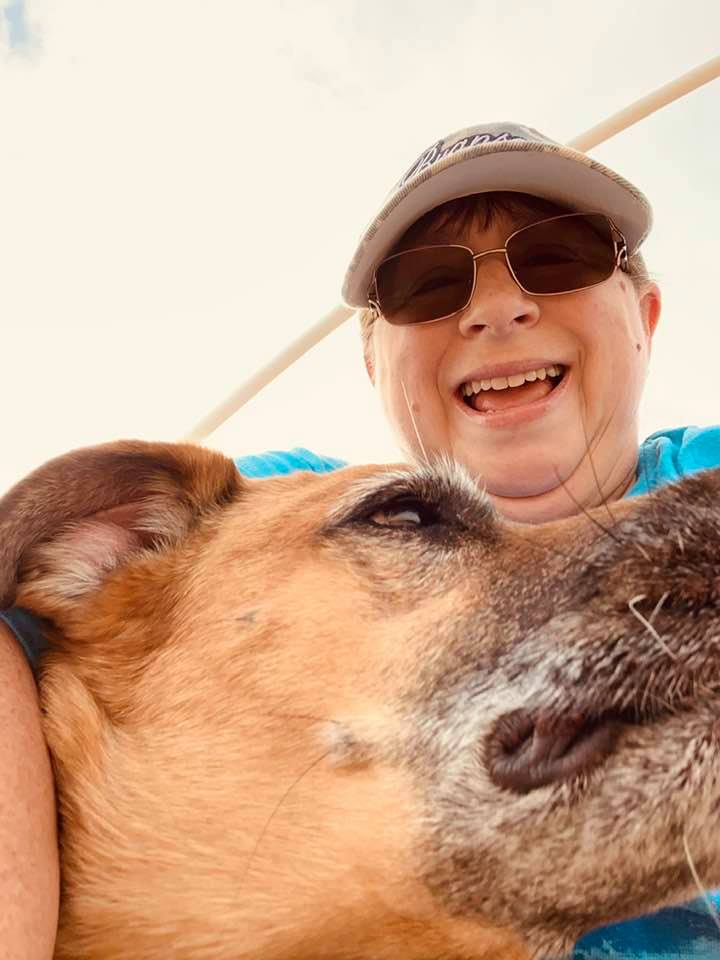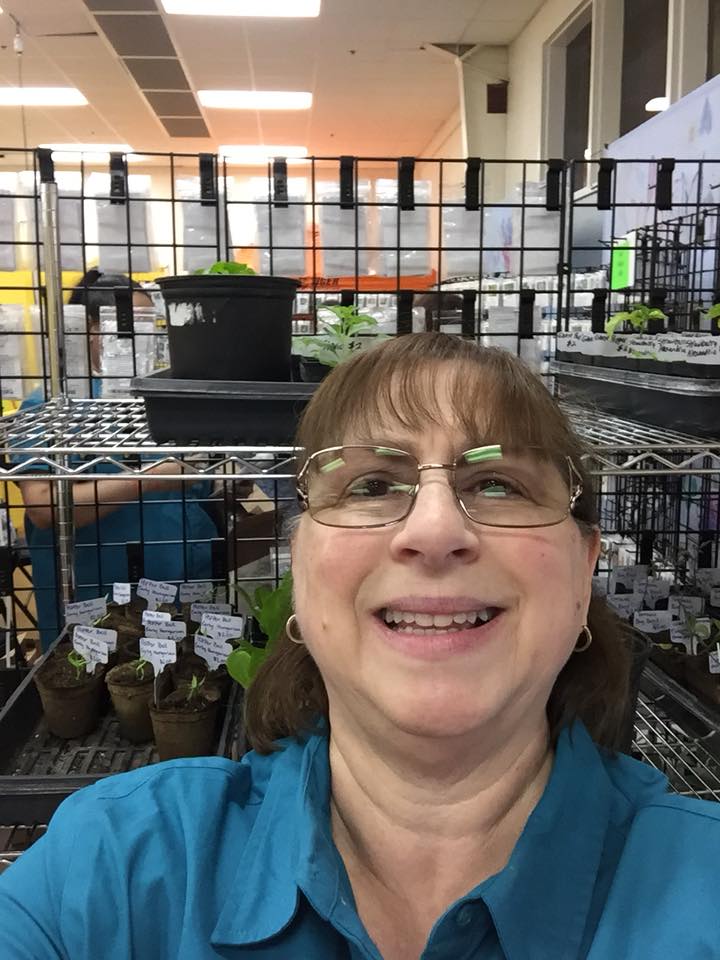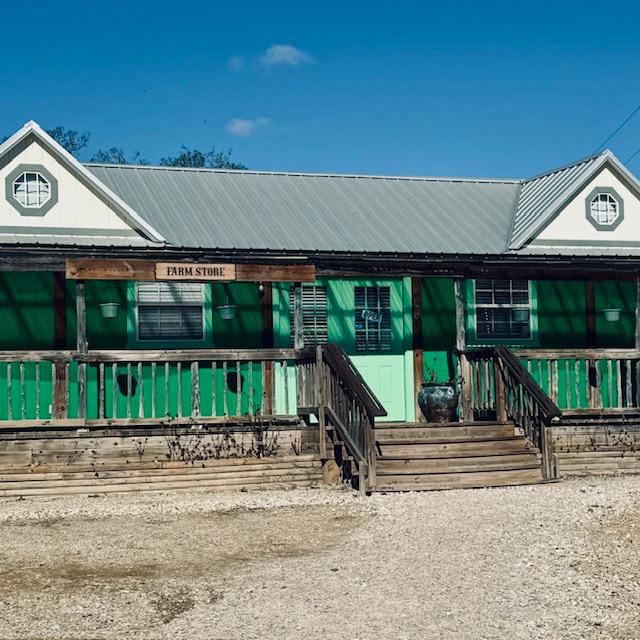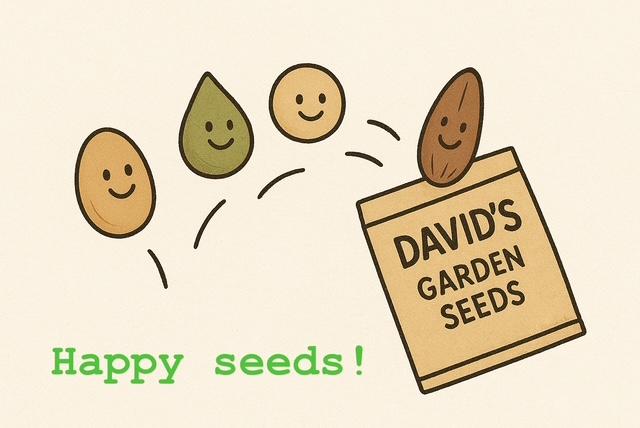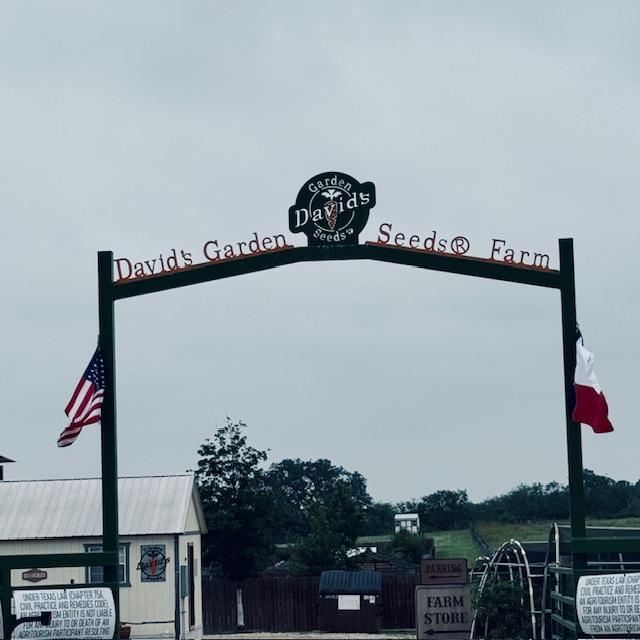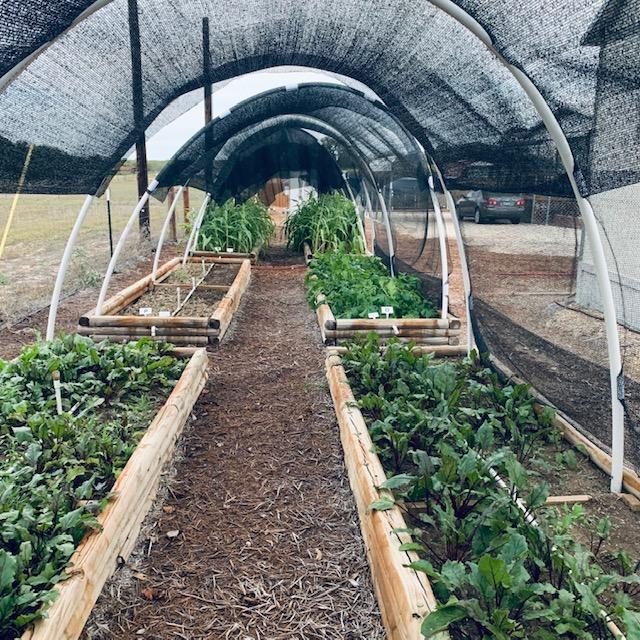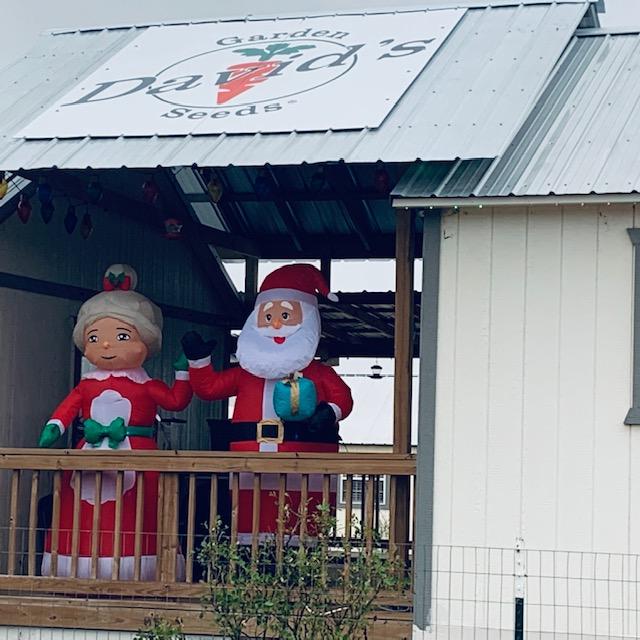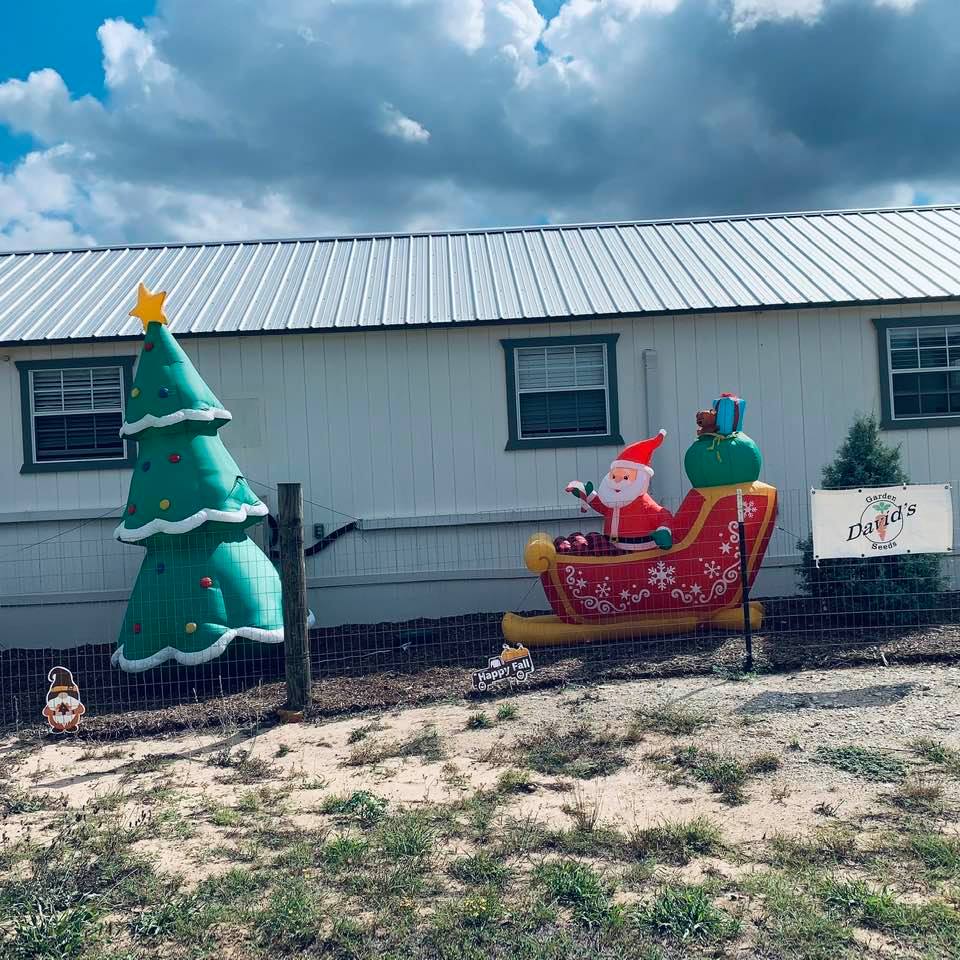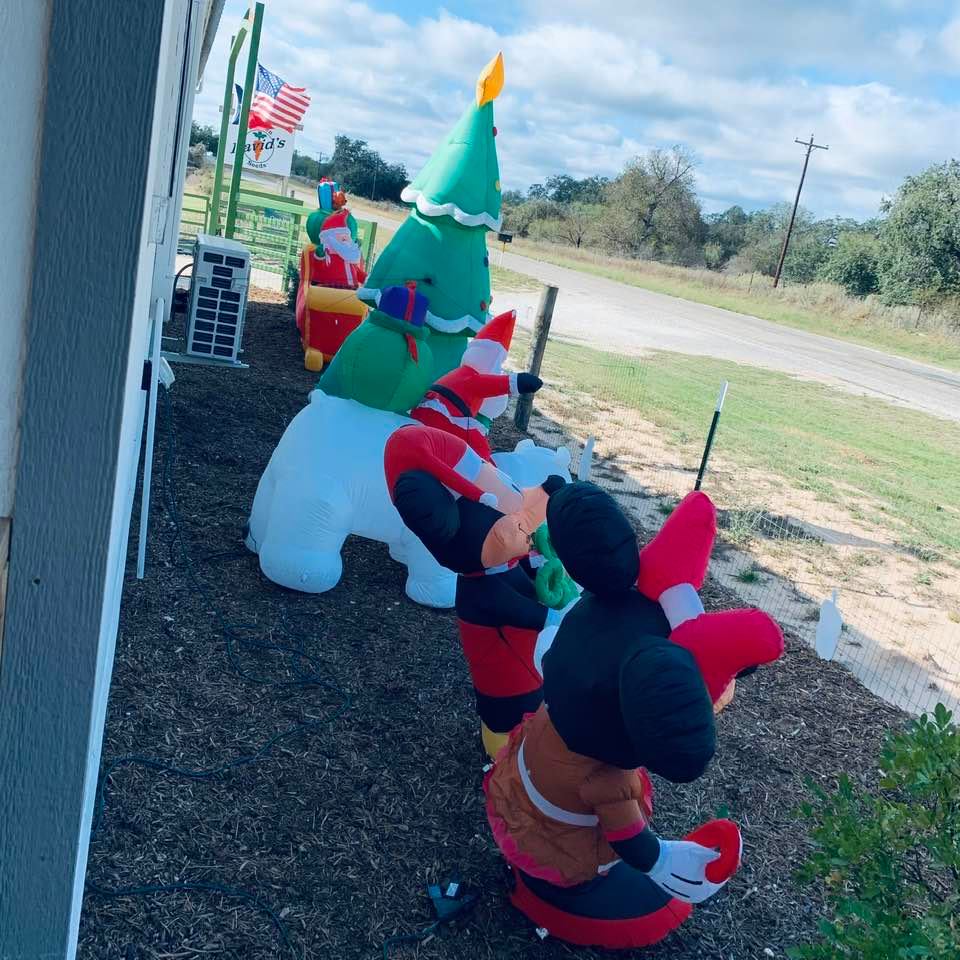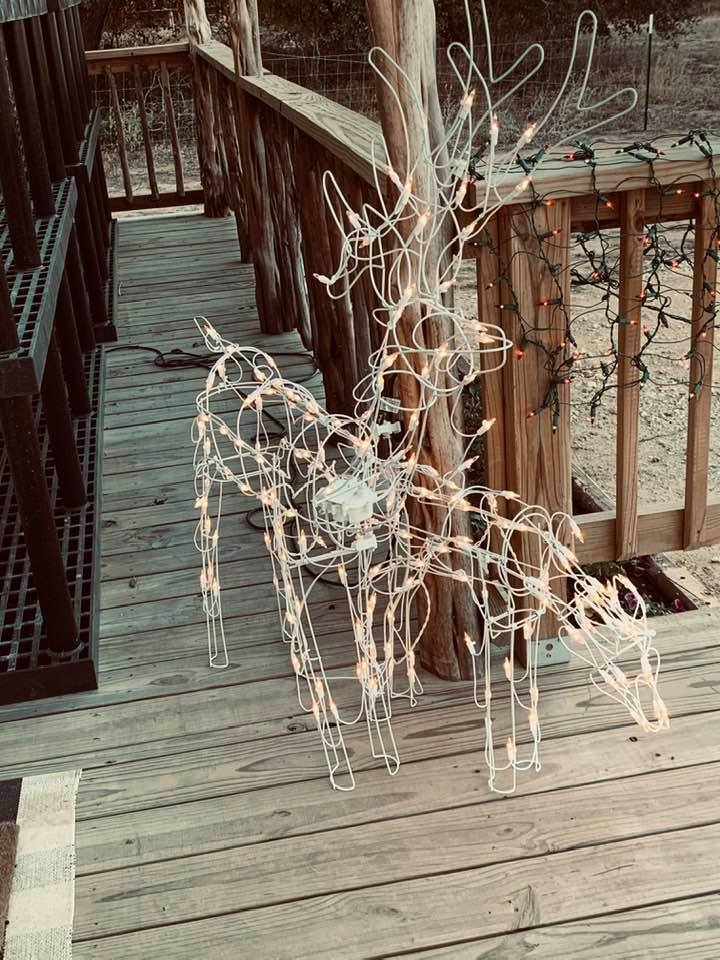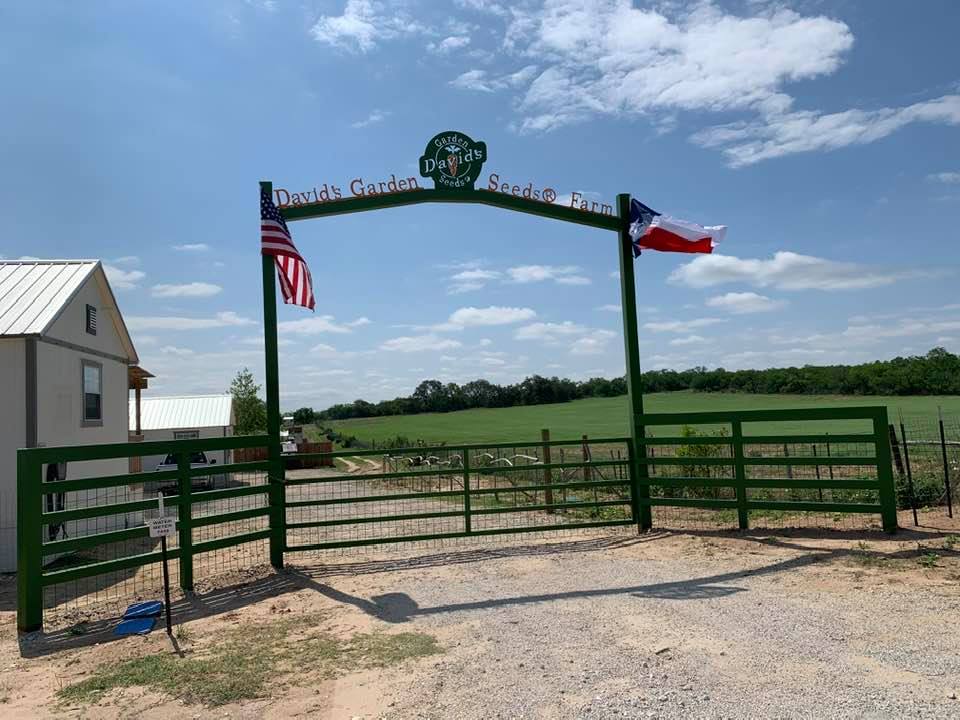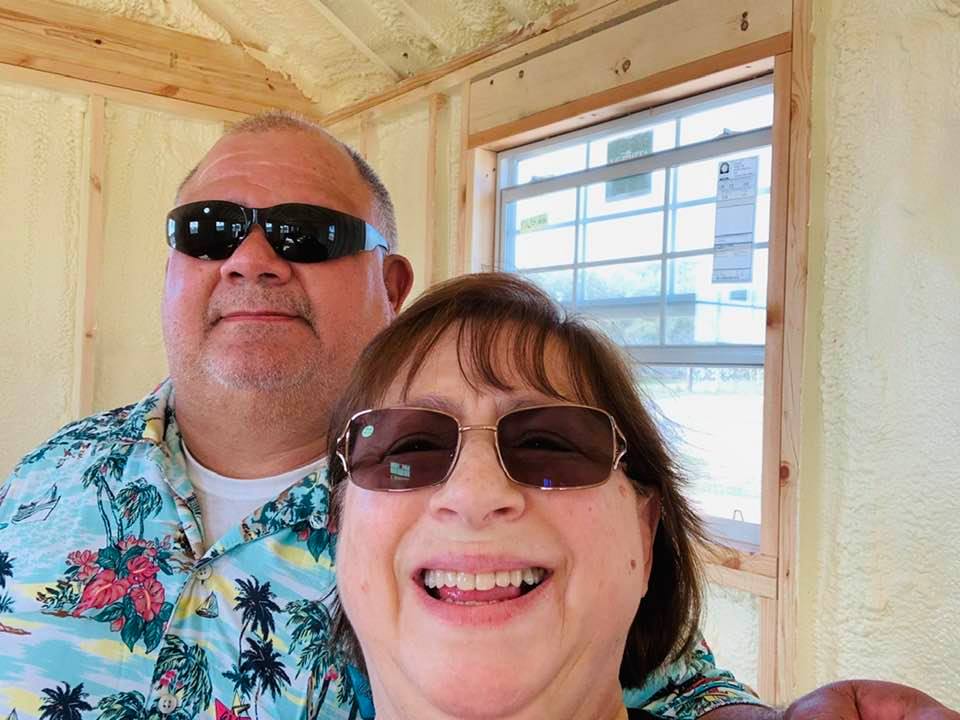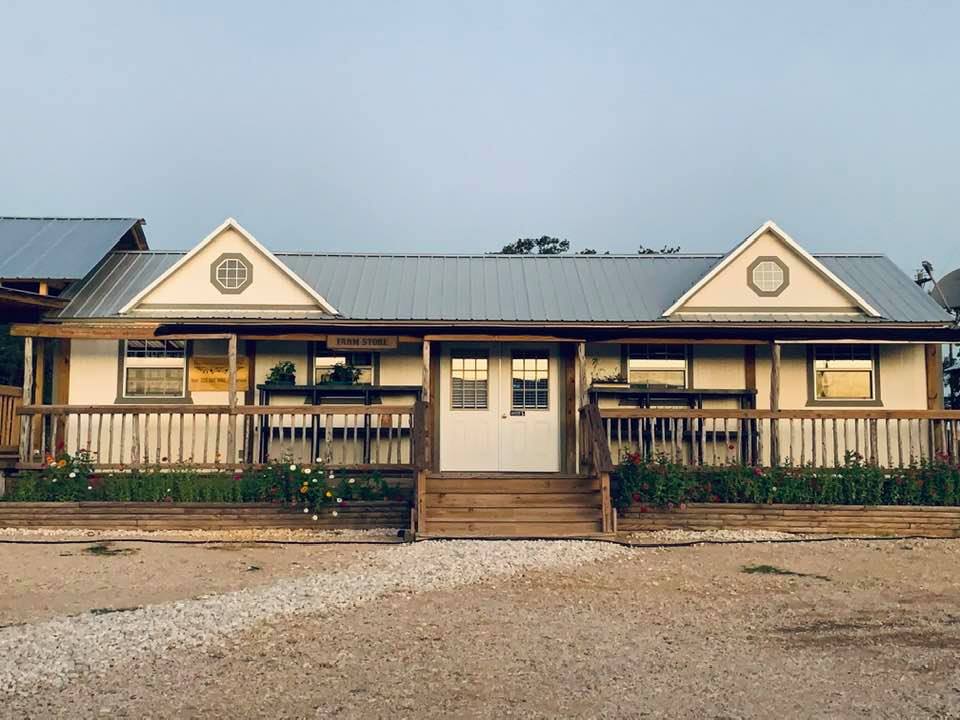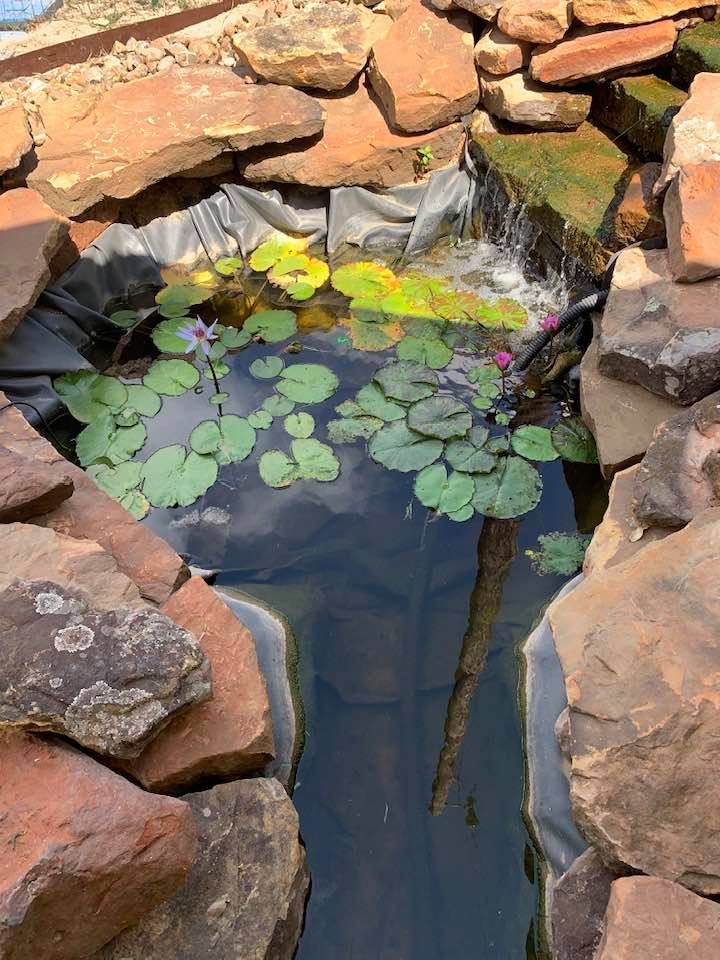How To Grow Peppers
This week, we will learn how to grow peppers of all kinds including bell and other sweet peppers as well as serrano, habanero, jalapeno, and other hot peppers.
David's Garden Seeds® carries a huge variety of pepper seeds. You can find them here.
How To Grow Peppers - 10/20-10/26/2025
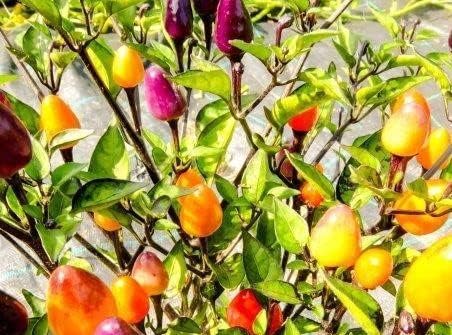 Grow peppers that are hot like the Firecracker.
Grow peppers that are hot like the Firecracker.You love peppers, and I do too. The crunch of a sweet bell, the kick of a jalapeño, the citrus heat of a habanero—it’s all garden gold. In this guide, you’ll learn how to grow peppers of all kinds including bell and other sweet peppers as well as serrano, habanero, jalapeno, and other hot peppers.
We’ll keep it simple and practical for American backyard gardeners. You’ll see how and when to plant in spring and fall. You’ll also learn the key differences between sweet and hot peppers.
Quick truth first: peppers love warmth. They hate cold feet and cold nights. If you remember that, you’ll already be ahead.
When I first started, I planted too early and lost half my peppers to a chilly night. Now I wait for the right soil and air temps. My plants thank me with big harvests.
Sweet vs. hot peppers share the same basic needs. Both need full sun, warm soil, and steady water. The differences show up in timing, container size, and a bit in drought and heat tolerance.
Is it easier to grow sweet peppers or hot peppers from seed? For most beginners, sweet peppers and jalapeños are easier. Habaneros and super-hots are slower and fussier, so they need an earlier start and more heat to germinate.
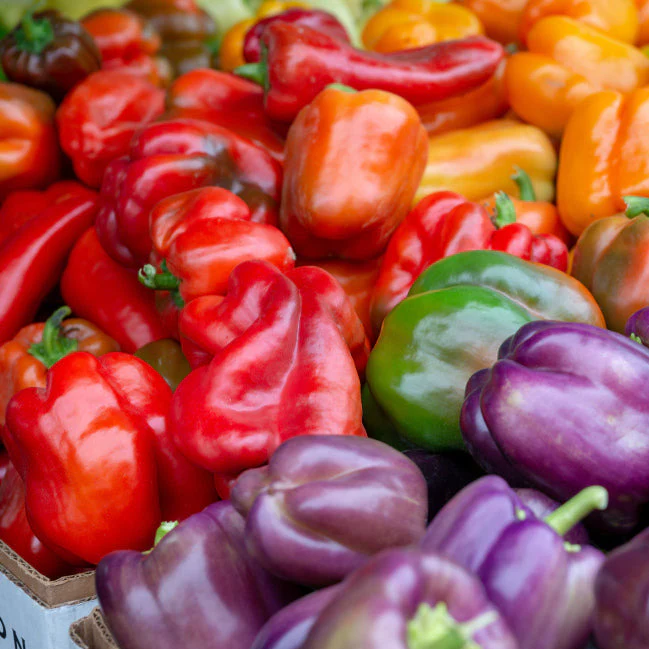 This is our Mini Bell Blend of small bell pepper seeds. Makes for a colorful garden! We also have full sized Rainbow Bell Pepper seeds. Grow peppers with color!
This is our Mini Bell Blend of small bell pepper seeds. Makes for a colorful garden! We also have full sized Rainbow Bell Pepper seeds. Grow peppers with color!Grow Peppers: How To Plant
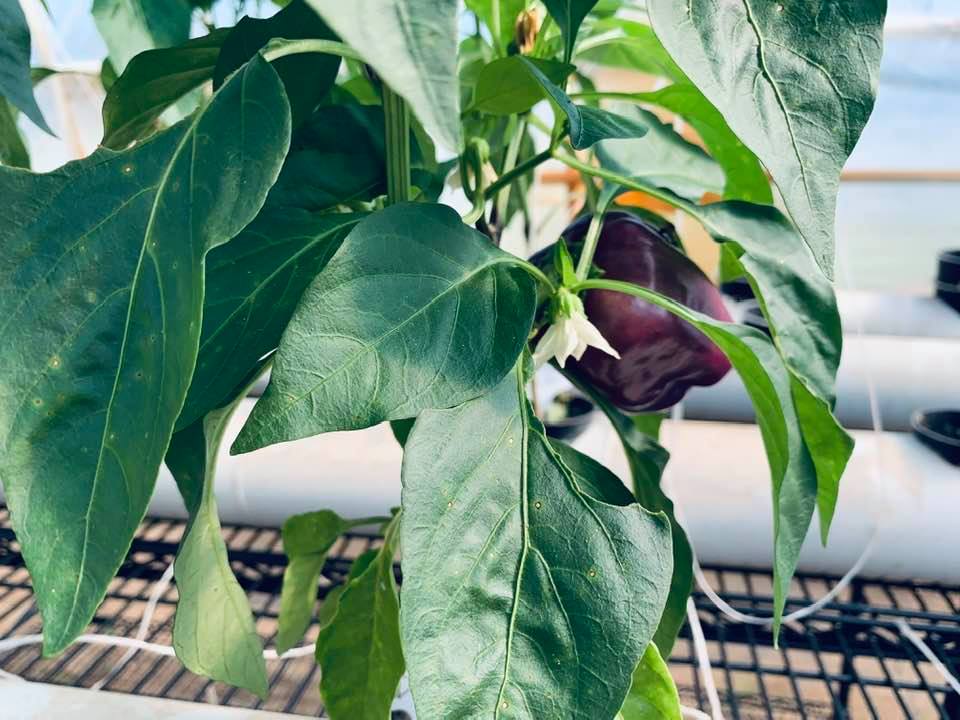 Here is a purple bell pepper we grew in a pot. We have a beautiful selection of bell pepper seeds in a variety of colors.
Here is a purple bell pepper we grew in a pot. We have a beautiful selection of bell pepper seeds in a variety of colors.How To Grow Peppers - Spring Planting
Start seeds indoors 8–12 weeks before your last spring frost. Hot pepper seeds often germinate slower than sweet pepper seeds. A heat mat speeds everything up.
Use this temperature rule. Germination is best at 80–85°F. Growth is best with days around 75–85°F and nights 60–70°F.
Spring planting starts after the last frost and when nights stay above 55°F. Soil should be at least 65°F. Cold soil stalls peppers and makes them sulk.
In cool regions, warm the soil with black plastic or landscape fabric a week or two before planting. That simple trick often means faster growth and an earlier harvest.
Transplant peppers on a calm, warm day. Plant at the same depth as in the pot. Firm the soil and water well.
Spacing matters. Bells and other large sweets like 18–24 inches between plants. Jalapeño, serrano, and many hot peppers do well at 12–18 inches.
Mulch right away. A 2–3 inch layer of straw, shredded leaves, or compost keeps moisture steady and soil warm. It also cuts down weeds.
In spring, protect young plants from chilly nights with a light row cover. Remove it during hot days and when flowers open so pollinators can work.
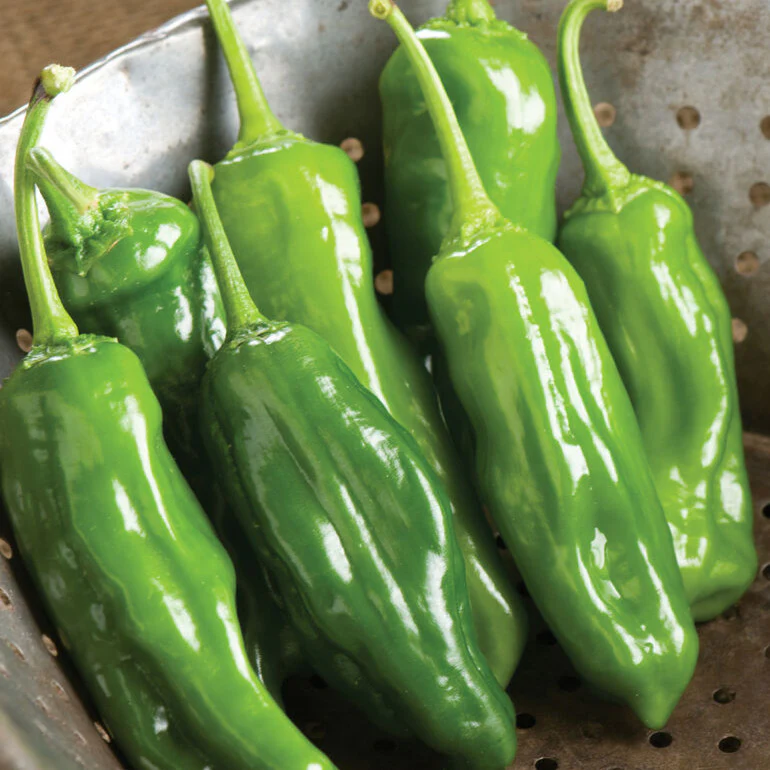 Grow peppers like the Shishito, a Japanese specialty pepper.
Grow peppers like the Shishito, a Japanese specialty pepper.How To Grow Peppers - Fall Planting
Now let’s talk fall planting. In many parts of the U.S., you plant peppers in late summer for a fall harvest. You start seeds earlier, grow transplants, then set them out as the worst heat passes.
Count back from your first frost date. Most peppers need 60–90 days after transplant to ripen fruit, longer for habaneros. You want enough time to harvest before frost.
In Zones 8–9, transplant for fall in late July through August. In Zone 7, aim for late July. In Zone 6, you’ll need season extension and an early transplant in mid-July to have a shot.
In Zones 3–5, a fall outdoor pepper crop is tough. You can do it only with a greenhouse or a tunnel. Otherwise, focus on spring and summer.
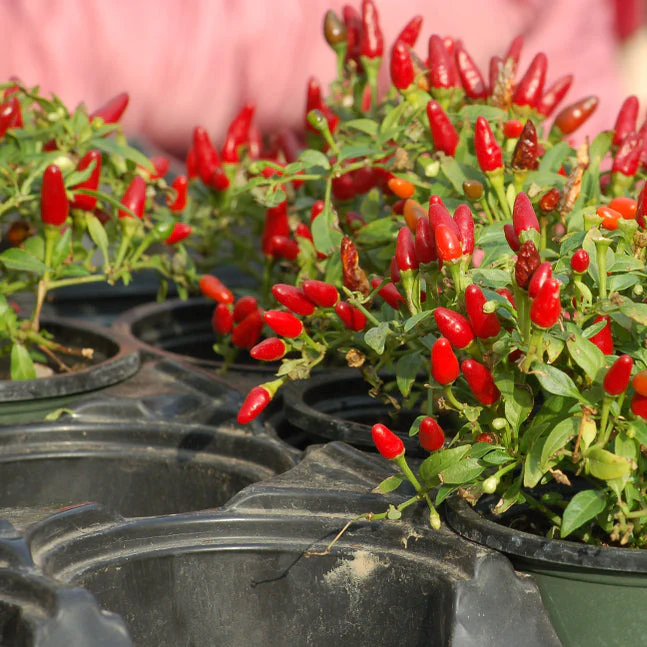 Chile Pequin plants we grew to sell. Everyone around here loves Chile Pequin. Grow your own with our seeds.
Chile Pequin plants we grew to sell. Everyone around here loves Chile Pequin. Grow your own with our seeds.Fall peppers love the cooler nights and bright days once summer heat eases. You’ll often get thicker-walled bells and great color. Just be ready with frost cloth when nights dip.
For fall, start seeds indoors about 10–12 weeks before your late-summer transplant date.
Give them strong light. Keep growing conditions steady and warm.
I like to stagger starts. I sow a batch for spring, then another batch 6–8 weeks later for a fall transplant. It spreads out the harvest.
Use fresh, sterile seed starting mix. Bury seeds about 1/4 inch deep. Keep mix evenly moist, not soggy.
Bottom heat is your friend for peppers. A seedling heat mat at 80–85°F speeds germination. Remove the mat after most seeds sprout.
Give seedlings 14–16 hours of light each day. Keep lights 2–3 inches above the leaves. A small fan builds stronger stems.
Harden off seedlings for 7–10 days before planting out. Start with shade, then give them more sun and wind each day. Keep them watered while they adjust.
Peppers like well-drained, fertile soil with a pH around 6.2–7.0. Mix in 2–3 inches of compost before planting. Avoid very fresh manure.
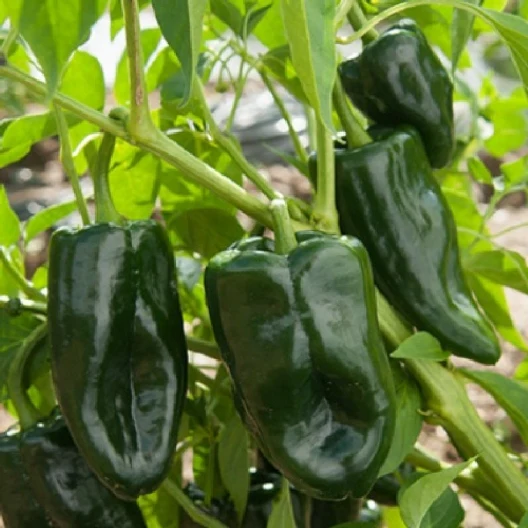 This is our Ancho Poblano--so flavorful!
This is our Ancho Poblano--so flavorful!How To Grow Peppers - Watering And Fertilizing
At planting, use a balanced, low-to-moderate nitrogen fertilizer. Too much nitrogen makes big leaves and few fruits. A 5-10-10 or similar ratio works well.
Side-dress with compost or a bloom fertilizer when the first flowers set. Add a second side-dress mid-season if plants look tired. Water after feeding.
Water deeply, about 1–1.5 inches per week. Aim for even moisture. Uneven watering leads to blossom end rot and split fruit.
Drip irrigation or a soaker hose is ideal. It keeps leaves dry and lowers disease risk. Mulch helps hold that moisture in.
How To Grow Peppers - Taking Care Of Them
Stake or cage peppers, especially bell types. A simple stake keeps heavy fruit off the ground. It also reduces stem breakage in wind.
Prune lightly for airflow. Remove leaves that touch the soil. Pinch very early blooms on tiny plants so they focus on roots first.
Watch the weather. Above 90–95°F, flowers may drop. Use a 30% shade cloth in heat waves to save blossoms.
When nights drop below 55°F, growth slows. In fall, be ready to cover plants. A simple frost cloth can buy you two or three more weeks.
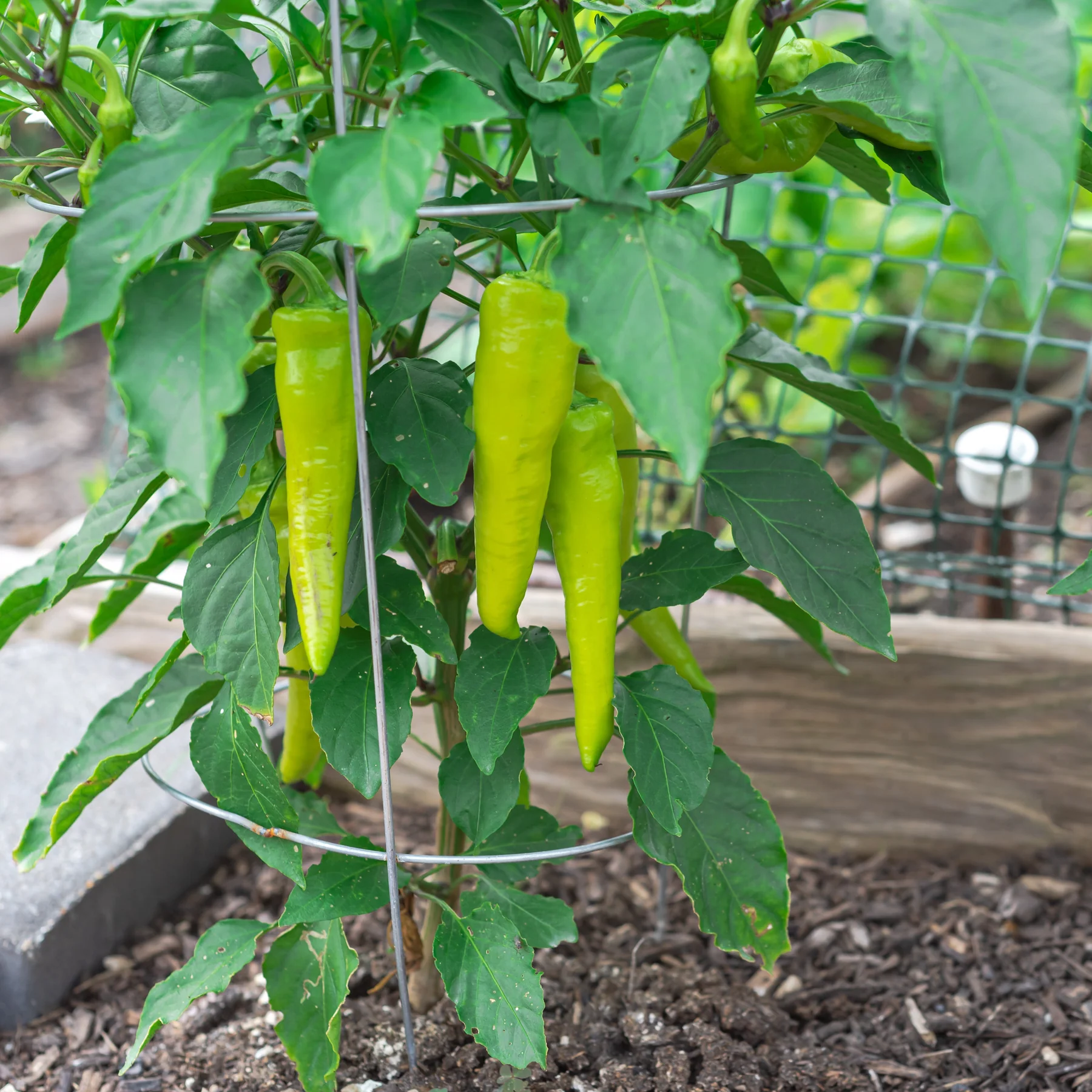 This is our Banana Sweet Pepper. We also have a hot Banana Pepper...
This is our Banana Sweet Pepper. We also have a hot Banana Pepper...How To Grow Peppers - Sweet VS. Hot Peppers
Sweet peppers and hot peppers differ in a few key ways. Hot peppers often handle heat and drought a bit better. Sweet peppers need steadier water for thick, sweet walls.
Habanero and other super-hots take longer to mature. Plan 90–120 days after transplant for many of them. Bells and jalapeños are faster, often 65–85 days.
Container size differs too. Big bells like 5+ gallon pots. Many hot peppers do fine in 3–5 gallon pots, though bigger is always better.
Will cross-pollination make bell peppers hot? No, not this season. Crosses only affect the seeds you save, not the flavor of this year’s fruit.
Heat level in hot peppers rises with mature stage and variety. Stress can boost heat but may hurt yield. Aim for healthy plants first; flavor follows.
How To Grow Peppers - Pests And Diseases
Pests to watch: aphids, whiteflies, spider mites, thrips, flea beetles, and cutworms. Use row covers early, hand-squish, or spray insecticidal soap or neem when needed.
Diseases to watch: bacterial leaf spot, phytophthora root rot, and mosaic viruses. Rotate crops yearly and avoid planting peppers after tomatoes, potatoes, or eggplant.
Blossom end rot shows as black, sunken spots on the bottom of fruit. It’s mostly from uneven moisture and fast growth. Keep water steady and mulch; calcium in soil must be available.
Sunscald looks like pale, leathery patches on fruit. Leave some leaf cover and use light shade in extreme heat. Pick ripe fruit promptly.
How To Grow Peppers - General Information
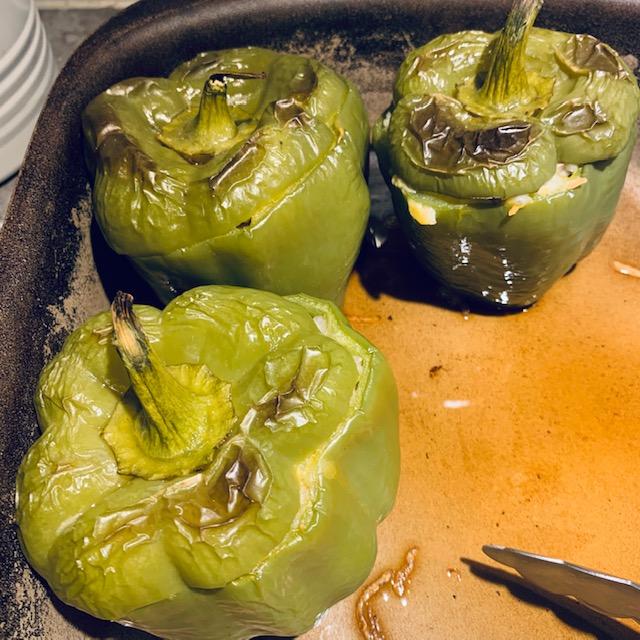 Stuffed bell peppers with rice and hamburger inside are quite delicious!
Stuffed bell peppers with rice and hamburger inside are quite delicious!To grow sweet peppers with the best flavor, keep water steady and give them full sun. For the best heat when you grow hot peppers, let fruits fully mature to their final color.
Back to that seed question. If you’re new, start with sweet bells or jalapeños from seed. Try habanero from transplants your first year.
Harvest time depends on your taste. Bells taste sweeter when fully colored red, yellow, or orange. You can also harvest green if you like that flavor.
Jalapeños are great green with corking lines, and also tasty red when fully ripe. Serranos start green and turn red or orange. Habaneros often ripen orange or red.
Cut peppers with pruners and leave a short stem. Don’t yank—stems tear easily. Frequent picking keeps plants producing.
Store peppers in the fridge crisper for a week or two. They prefer slightly warmer storage around 50–55°F, but the fridge is fine short-term. Don’t wash until you use them.
Containers are great for patios and fall flexibility. Use high-quality potting mix, not garden soil. Water more often, because pots dry fast.
Fertilize containers lightly but regularly. A slow-release fertilizer plus a monthly liquid feed works well. Flush pots with clear water once in a while to prevent salt buildup.
In warm regions, you can even overwinter peppers in pots. Cut back lightly, move indoors to a bright, cool spot, and keep soil barely moist. Growth slows, then they bounce back in spring.
Here’s a quick seasonal map in plain words. North and mountains: focus on spring planting after frost; fall crops are tough outdoors. South and coastal: plant in spring and again in late summer for a strong fall harvest.
One more personal tip on how to grow peppers. My best fall jalapeños came from a late July transplant into warm, mulched soil, with a bit of shade cloth during heat waves. The plants exploded when September cooled.
By now, you know how to grow peppers of all kinds including bell and other sweet peppers as well as serrano, habanero, jalapeno, and other hot peppers. Start strong in spring, count back for fall, and adjust for your zone. Grow sweet peppers for crunch, grow hot peppers for kick, and enjoy every harvest from garden to grill and jar.
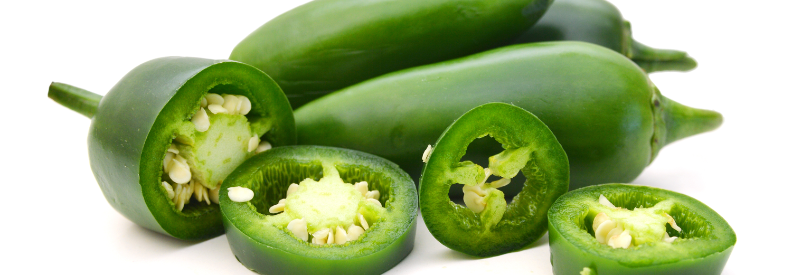 Grow peppers like these delicious jalapenos. Then stuff them with cream cheese and wrap them in bacon!
Grow peppers like these delicious jalapenos. Then stuff them with cream cheese and wrap them in bacon!How To Grow Peppers - Harvesting And Beyond
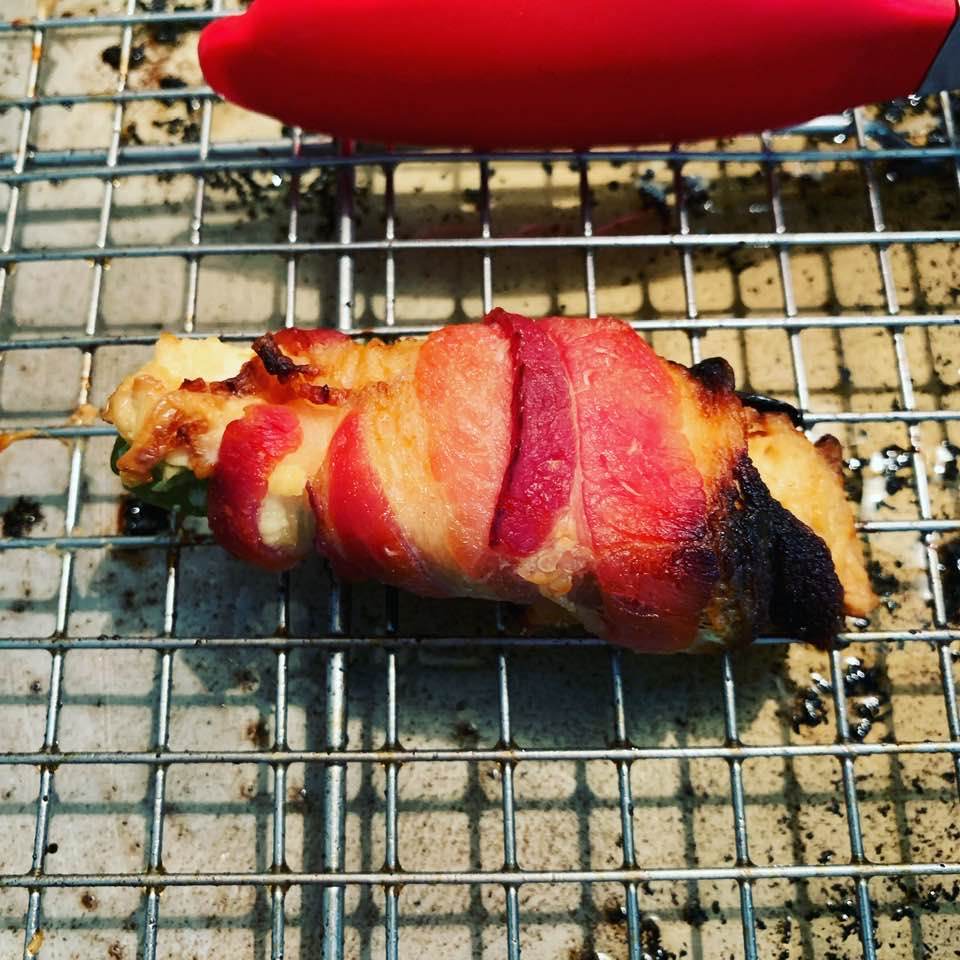 Delicious jalapeno poppers are stuffed with cream cheese and then wrapped in bacon.
Delicious jalapeno poppers are stuffed with cream cheese and then wrapped in bacon.To harvest peppers and cook or preserve peppers, try these easy methods. Roast and freeze sweet peppers. Dry or smoke hot peppers, or make quick-pickled rings and homemade hot sauce.
You can also dehydrate peppers or freeze dry them.
Monday, October 20, 2025
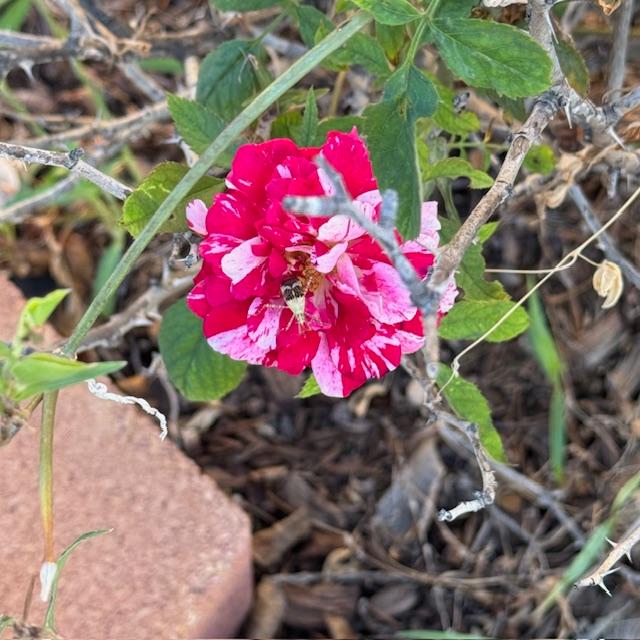 Look at this beautiful October rose, complete with green bug!
Look at this beautiful October rose, complete with green bug!Good morning. It is already time to go to work again. I am having some mushroom coffee but I need breakfast. I also need to mop my sticky kitchen floor.
We had someone in to clean on Saturday and let me tell you that the floor is now stickier than before. I just don't get it. Also, nobody will dust no matter how much I emphasize it. I have dusted more this weekend after she left than I have in a month. And we are still finding things that were "put away". Everything has been moved but not much was dusted at all. I think I am done with trying to find someone to clean. No one will. I have had it.
Other than that, it was a good night and my tummy is much better this morning than it has been in a week.
I just made biscuits and eggs with salsa and mushrooms. Yum!
It is now 10:30am. I finally finished mopping up muddy, soapy water on all of the bare floors in the house, changing the water every time I dipped the mop in. Stickiness is gone.
I am now out in the business working on seed orders. It is Monday and pay day so it is extra busy and after paying a lot of money to have the house cleaned on Saturday, rinsing the floors is something I should not have had to do. My mind is just blown that no one will actually do what I want done--dust and vacuum. I guess I could make a fortune at a housecleaning business just actually cleaning instead of hiding things.
Yes, I was looking all around my kitchen this morning for baggies so I could put away the biscuits that were not eaten. I finally found them, taken out of one cabinet and put across the kitchen in a drawer. I never asked her to go in my cabinets or drawers. Why? Also, she arranged inside my refrigerator including my eggs that I was going to pack to sell. She put them in my personal egg holder. Again why? Dust and vacuum--that is all I wanted done. Never again.
We had an uneventful day with no in-person customers and lots of orders. David left to run some errands and to see a doctor in Pleasanton.
Tuesday, October 21, 2025
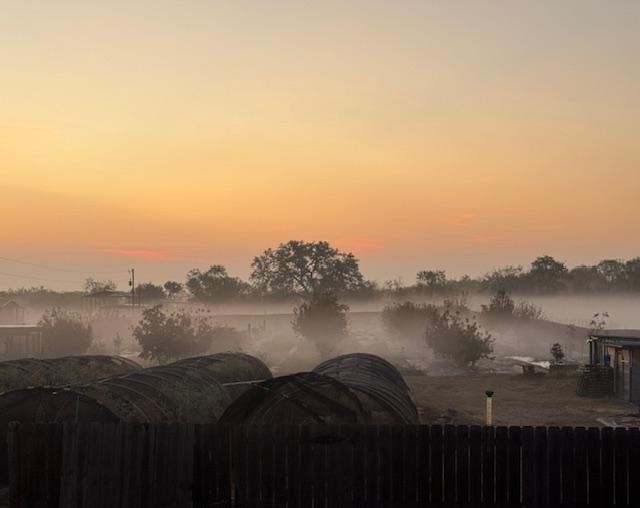 My foggy orchard looks so cool.
My foggy orchard looks so cool.Good morning. I have some banana muffins baking right now as I sip my mushroom coffee. It is still dark and I see we had a pretty good day yesterday. One person made a huge order of over $450! Thank you to all of our customers for supporting us.
There is thick white fog out there this morning and it looks so cool!
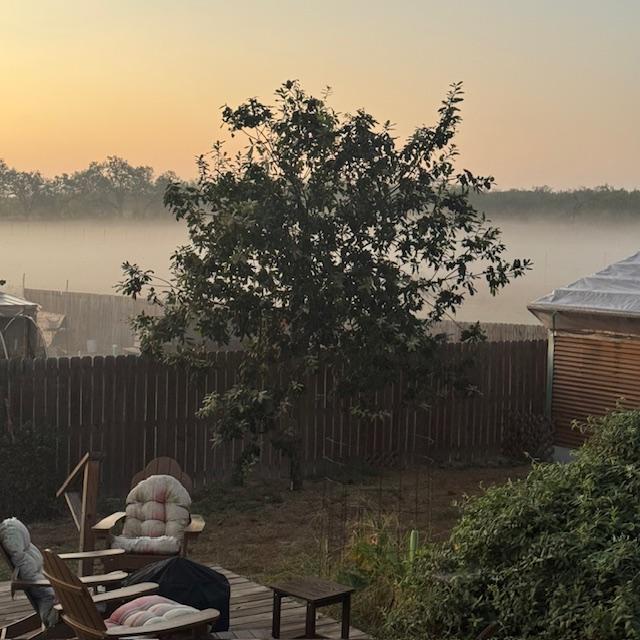 Just look at that thick fog behind the tree. I love it when the weather does this out here but it won't last for long. Just look at that thick fog behind the tree. I love it when the weather does this out here but it won't last for long. |
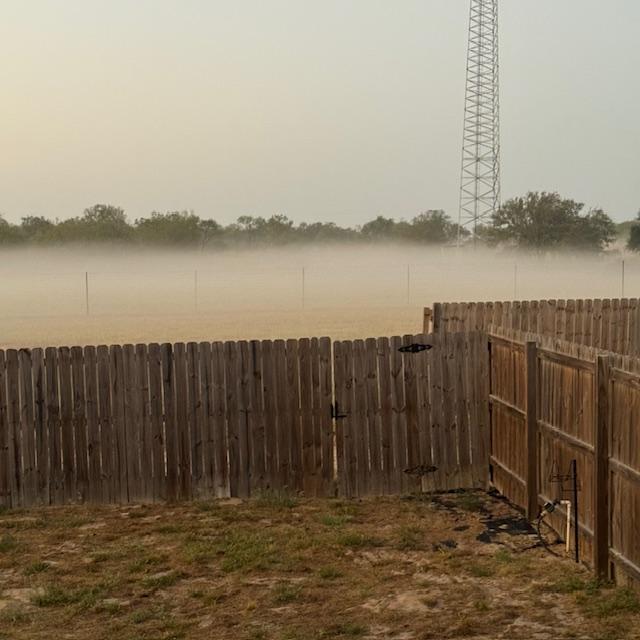 Fog in front of the cell tower close to the road. Fog in front of the cell tower close to the road. |
The fog will soon burn off now that it is light. It is currently humid and 72°. The high will be 94° so we are still getting summer weather over here as we approach November. Enough is enough!
We're going to run a few errands in town this morning and we have one important appointment. Matt is holding the fort down.
We stopped by Farm To Familia and got some lunch and had a good talk with Lynne and Richard. Then we got back to the farm to work. It is now 2pm.
We did change our Medicare plan for 2026 as the plan we currently have is raising copays and deductibles a lot. I asked for some other plans. We looked at two and I decided to go with another company. I hope I don't regret it.
We had one couple in the store close to 5pm and that was it. I worked until about 7pm.
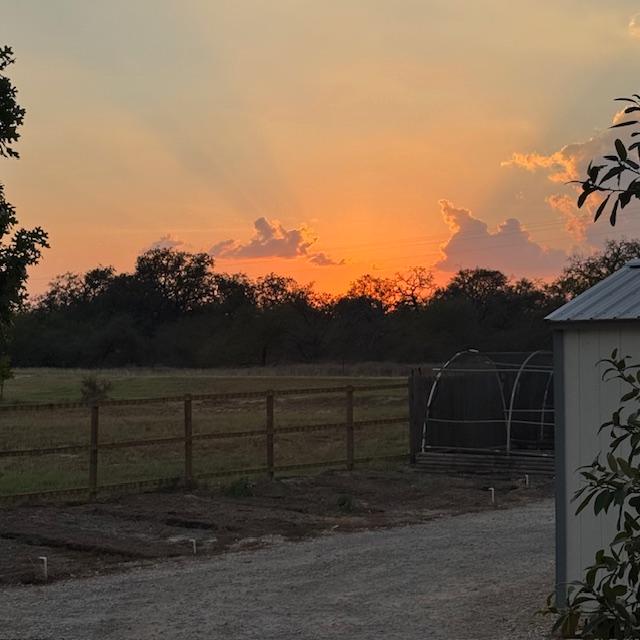 We had a beautiful sunset this evening.
We had a beautiful sunset this evening.Wednesday, October 22, 2025
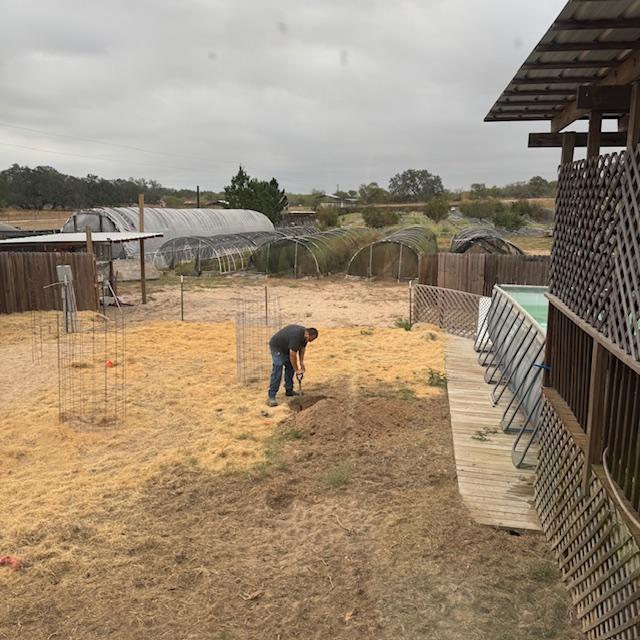 Matt planted three fruit trees in our backyard.
Matt planted three fruit trees in our backyard.Good morning. I hope I get to actually work on orders today so I can get them out.
I just realized that today is the day my father passed away 34 years ago. That was a lifetime ago.
Matt and David are out in the backyard planting some fruit trees that I wanted planted there.
While they worked out back, I planted snapdragons, maroon bluebonnets, and some Rose Swamp Milkweed in the Farm Store flowerbeds. The air was so fresh and cool this morning.
We had a power failure that lasted for about 25 minutes. Matt says they are working on power lines several miles down toward 476. And there was terrible noise on the road by the grass farm. I think they are actually building a real road instead of the dirt road that is there.
It was a long day. We had two in person customers.
Thursday, October 23, 2025
Good morning. It is another dark morning. I think we still have a few weeks left until the time change but right now at 7am, it is still quite dark. I went to the couch early this morning and was dreaming when Sue Ellen decided I should be awake. I got up and let the dogs out and soon after, they were barking away. I let them in and made myself a mushroom coffee.
I actually started with three kinds. The MUD/WTR tastes good until you get to the bottom of the cup. Then it has all of this nasty sludge of the undissolved particles like spices that just don't mix well. So I am using this one up as it is nasty. The other two don't leave undissolved nastiness in the cup. I won't be buying the MUD/WTR again.
I made French toast for breakfast and as I sit here at my desk eating it, I can feel the rumble of road work going on again. It is humid out. Yesterday, the cool morning air felt amazing and today, it feels awful.
Going back to 5am or so, when I first went to the living room couch because my nose was clogged, I could see where everything is because there are some blue lights in the kitchen. I automatically decided on where we will put the Christmas tree this year. No moving of furniture like we always do, except for the entry table. I will move that out to the storage shed and put the tree there. It should look very good and I have no idea why I have never done that before.
Yesterday, I was looking at some elegant vintage Christmas photos in living rooms. They were tasteful but not cluttered. The fireplace mantel and the coffee table held decorations, but nothing else except for the tree. That is what I will do this year. Problem solved.
We found our missing avocados. The cleaning woman hid them in the refrigerator. We keep them on the counter so we know they are there and eat them right away. She hid them away. David cut into one and it is all brown. Why? All we wanted was for her to dust and vacuum and she hid away our produce that is now ruined. Meanwhile, dusty things are still on our dressers. She didn't hide any of that stuff away.
This morning, Matt and David checked on the bees and now we only have one hive that is okay. I think we are going to move the bees. Wax moths took over the hives.
This afternoon, I went home for a while and started some soft pretzel dough. Actually, I had to find my little cookbook with that recipe first. Normally, I keep it on the counter in my kitchen below my plate cabinet. However, on Saturday, that pile of recipe books was moved so I found it on top of the dog treat cabinet and none of the books were dusted, just moved.
So I got that started and decided to make some potatoes, chicken gravy and pretzels along with some vegetables. David is smoking some chicken so that should be delicious.
If you are new here, it is Gordon Ramsay night and we try to make it a special meal. Hell's Kitchen comes on tonight and it is always fun to watch.
While I was in the house, I started laundry, emptied and loaded the dishwasher, washed eggs, cleaned the coffee pot, and several other chores. I mailed all of the orders I had and we have not had any customers.
The smoked chicken was incredible!
Friday, October 24, 2025
This morning, David has taken the truck for an oil change, tire rotation, and truck detail. Matt will meet him there and bring him back to the farm. It is 69° and chilly this morning which is so nice.
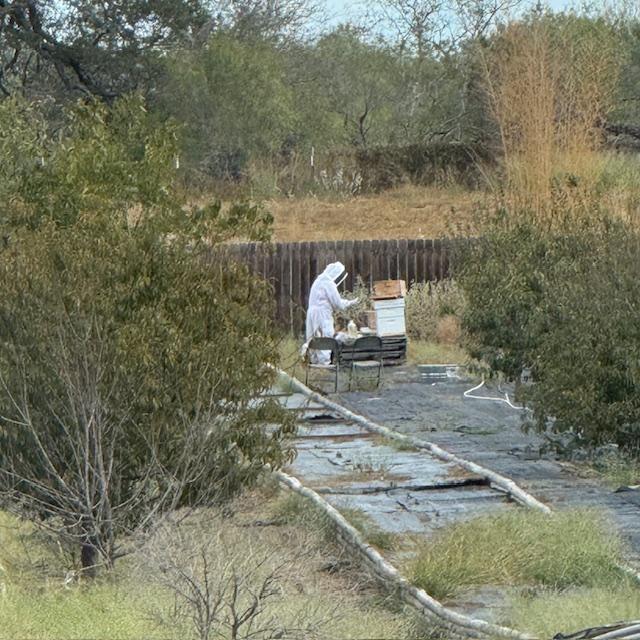 Matt took sugar water out to the bees as there are not many flowers around now.
Matt took sugar water out to the bees as there are not many flowers around now.Matthew took sugar water that I made last night out to the beehive and fed the bees in the back.
We started a 20% off sale on all of our herb seeds.
David and Matt left to go get his truck around 4:45pm. We had a few visitors today to the farm but no customers.
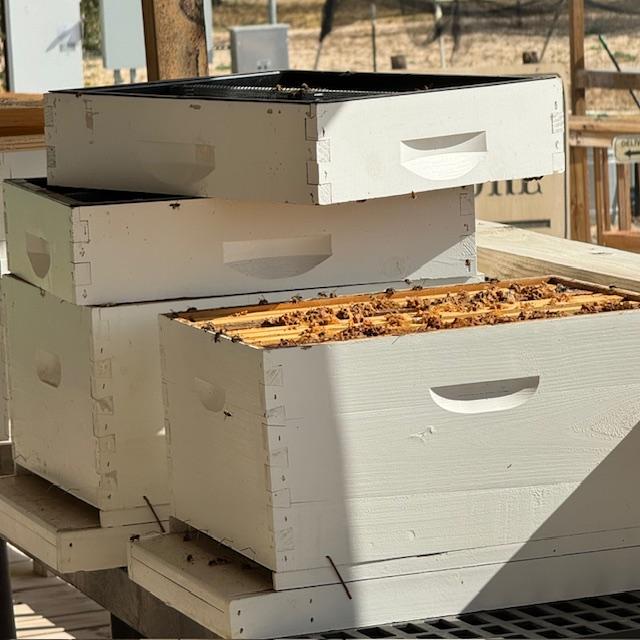 Some of the frames need to be cleaned but the bees are still all over them, trying to clean them.
Some of the frames need to be cleaned but the bees are still all over them, trying to clean them.Saturday, October 25, 2025
It poured in the night with a lot of loud thunder! I woke up at 7:07am and it was raining. It stopped briefly and just started again at 7:30am. It is still dark so I cannot see the rain gauge. The rain is coming down hard. I just saw the rain gauge and it is already at two inches! I really thought it would be overflowing by now.
That was it--just two inches but we are grateful. I went out to take care of the animals this morning. The chickens were fine. The goats were wet. The wind must have really blown the rain everywhere. Normally, the goats are dry and their dishes stay dry. Not today.
I did orders and we did not have one person come into the store today.
I went home and took everything off of my dresser. There was a nice thick layer of dust telling me that not only did the woman last Saturday not dust, but neither has anyone else in a very long time. I will not be having anymore housekeepers come in to rip me off. I pay them a lot and they do not do the one thing I ask them all to do--dust. I used to have plenty of time and I kept a spotless home. I will just take some time out of each workday and start cleaning.
I just finished my dresser. My mirror is all streaked. I used Windex on it three times so I have no idea what on earth she put on it. I will just keep on doing these things a bit at a time until all of the dust is gone. Over the six years I have lived here, I have spent thousands of dollars on housekeepers because I work ten to twelve hours a day in the business. The housekeepers did not do the job but there sure collected their money.
The day has been overcast but it has not rained since 8am.
We made a Walmart order and got all of the fixings for sub sandwiches that we can make and actually be able to taste the meat and cheese, unlike the Subway sandwiches we ordered last Saturday with a tiny piece of meat and a tiny bit of cheese for $22. The subs we made were incredible. We watched the 1958 movie, The Fly with Vincent Price. I had never seen it.
Sunday, October 26, 2025
Today is our last day of how to grow peppers. I hope the article has been helpful to you.
It is already time for me to go out and feed all of the animals. It is 67° and the high is supposed to be 88° today.
I went out there and came back soaking wet. The humidity is 89% right now.
I got all cleaned up and then I made a breakfast sandwich with one half of a toasted whole wheat sub bread, ham, cheese, and one egg. David had oatmeal.
We went to church and then picked up a few supplies for the animals and the yard at Tractor Supply and a hardware store.
We came home and made more delicious sub sandwiches--so good!
Return from How to Grow Peppers to Year Seven Of Farm Life
Anything To Share On This Topic?
Would you like to share additional information about this topic with all of us?
Since 2009, over 2,000,000 home gardeners, all across the USA, have relied on David's Garden Seeds® to grow beautiful, productive gardens. Trust is at the heart of it. Our customers know David's Garden Seeds® stocks only the highest quality seeds available. Our mission is to become your lifetime supplier of quality seeds. It isn't just to serve you once; we want to earn your trust as the primary supplier of all of your garden seeds.
Watch Our 2022 TV Commercial!
Sing Along To Our Jingle
♪♫♪♪ ♫ ♪ ♫♪♫♫
♪♫♪♪♫♫
Peppers and peas
And lots of yummy greens
You can't go wrong
With Squash This Long
At David's Garden Seeds
♪ ♫ ♪ ♫
Our New 2024 TV Ad
Please like and subscribe on YouTube and come visit us at our Farm Store! The music on our TV ad was written, played, and sung by our son, Matthew Schulze. You can meet him when you come to the farm. He just might give you a tour. Ask him to grab a guitar and sing our jingle that he wrote.

We are David's Garden Seeds®. If you need great seeds, we've got over 1,200 varieties to choose from.
Your second block of text...
Subscribe To Mrs. David's Garden Seeds® Newsletter For FREE!
Find out what is going on down on the farm by reading our blog and by subscribing to our free newsletter for all of the information going down at David's Garden Seeds® and on the farm. I love to share helpful information with you. Please let your friends know and y'all come on down for a visit when you get the chance. We would love to meet you!
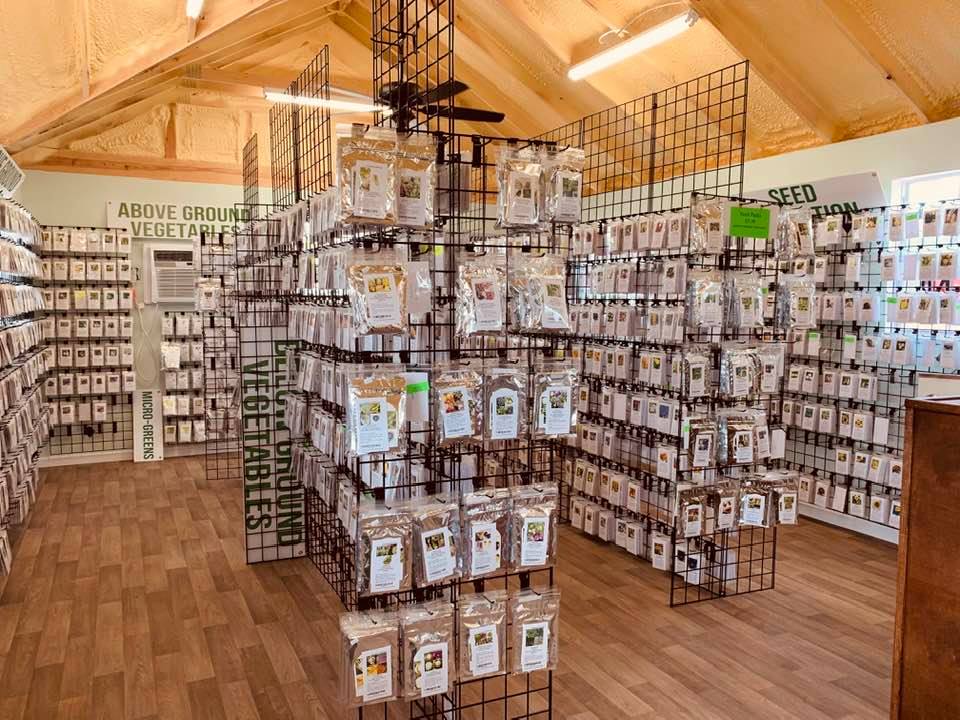
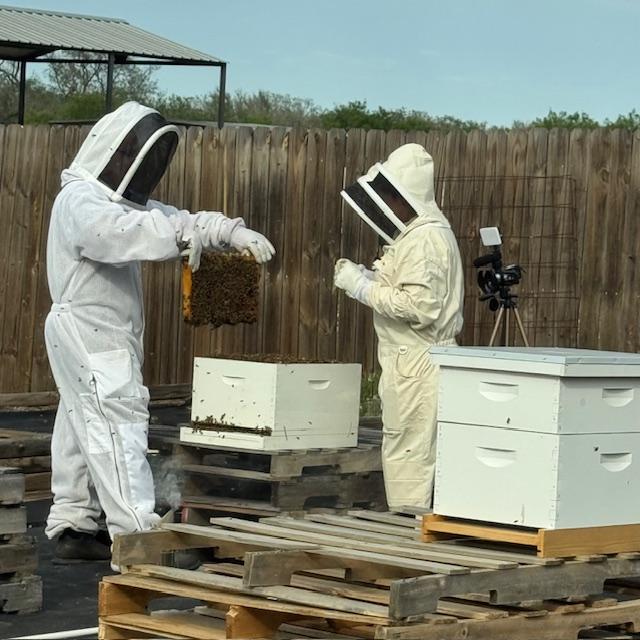 Our bee hives
Our bee hives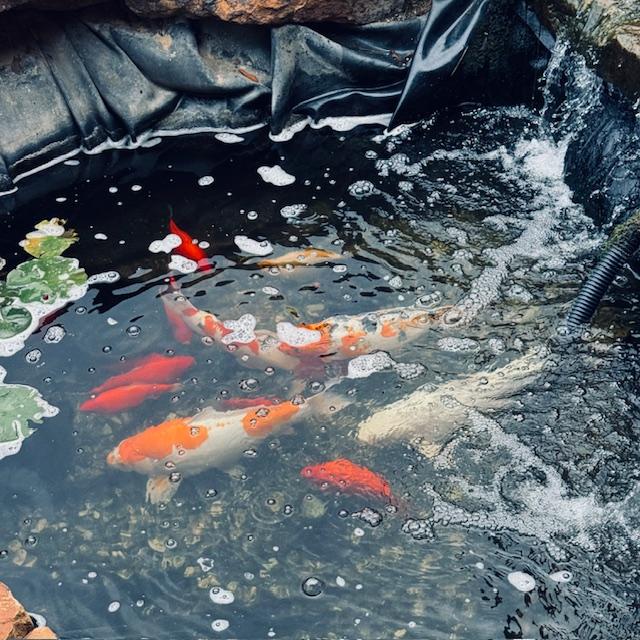 Our fish pond
Our fish pond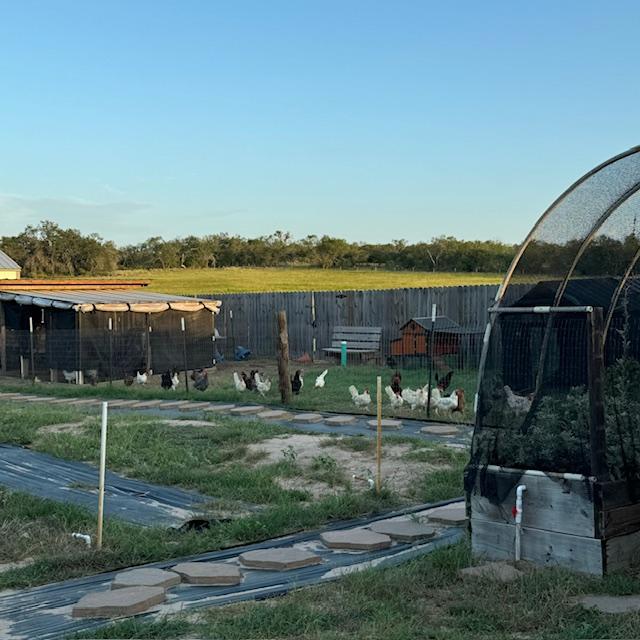 Our chickens
Our chickens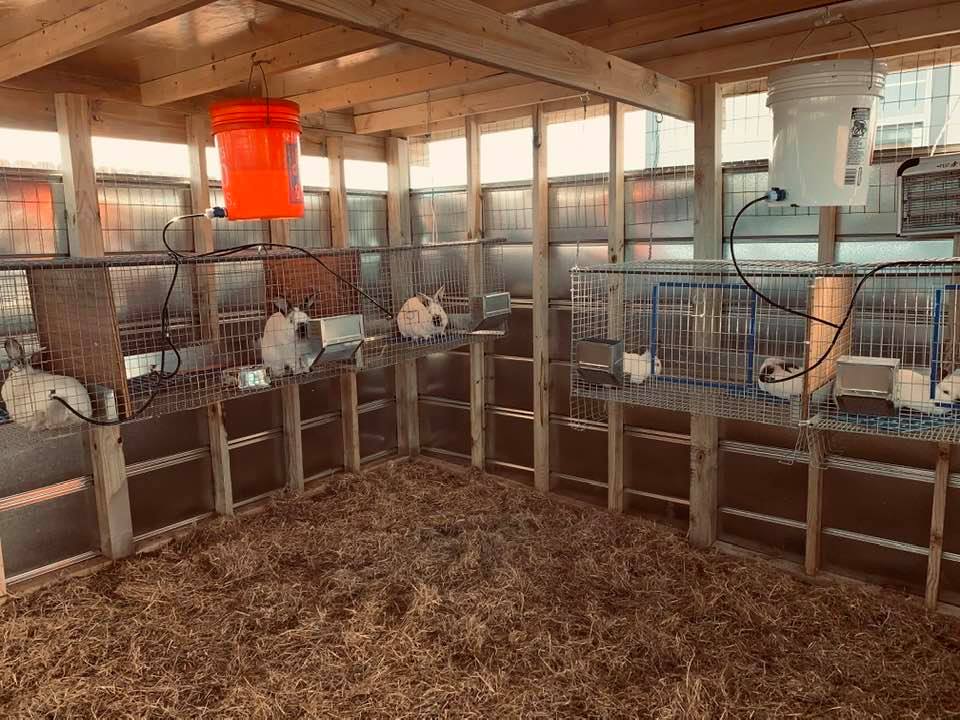 Our bunny rabbits
Our bunny rabbits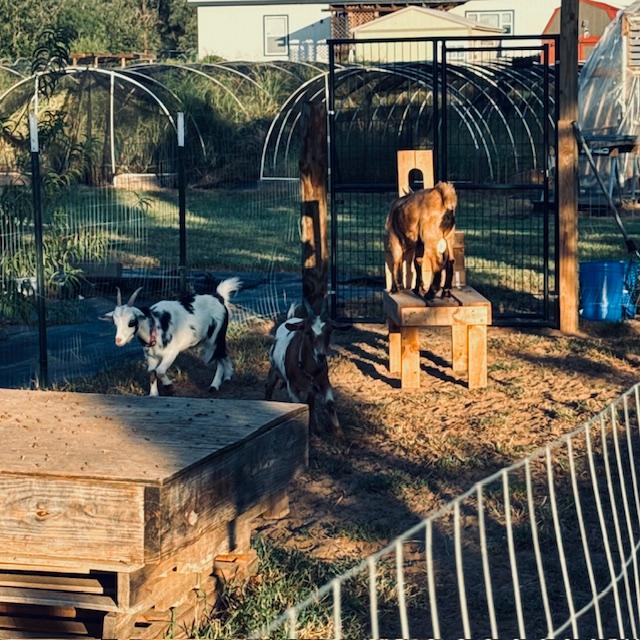 Our Nigerian Dwarf goats
Our Nigerian Dwarf goats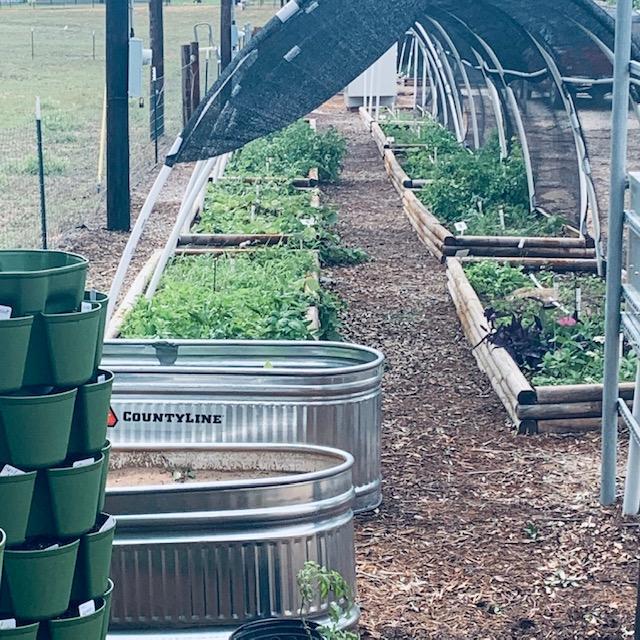 A few of our raised garden beds
A few of our raised garden beds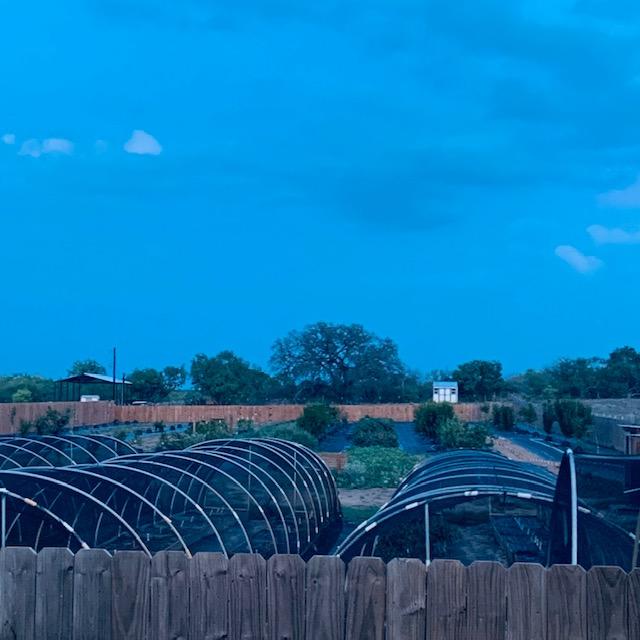 Our orchard and hoop houses
Our orchard and hoop houses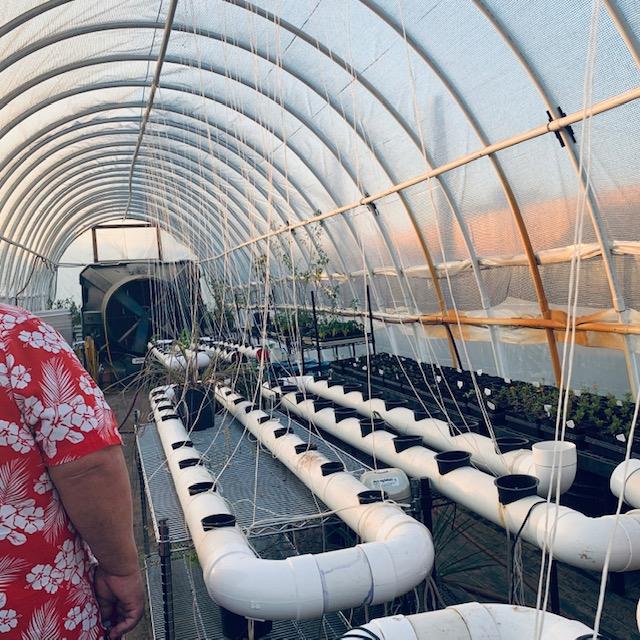 Inside our high tunnel
Inside our high tunnel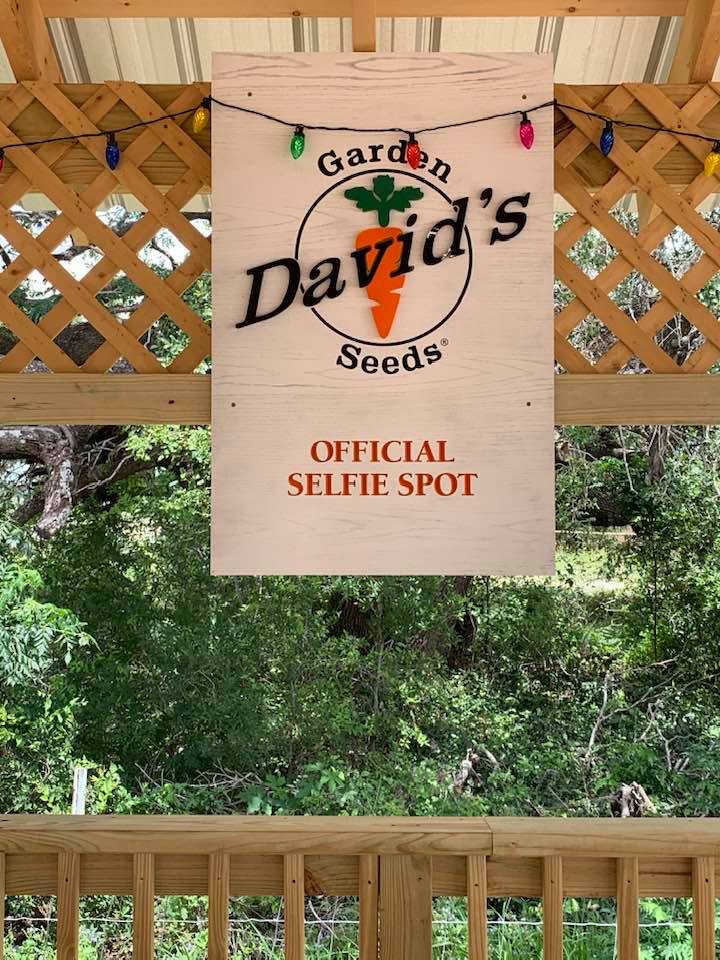 Take a selfie at our official selfie spot!
Take a selfie at our official selfie spot!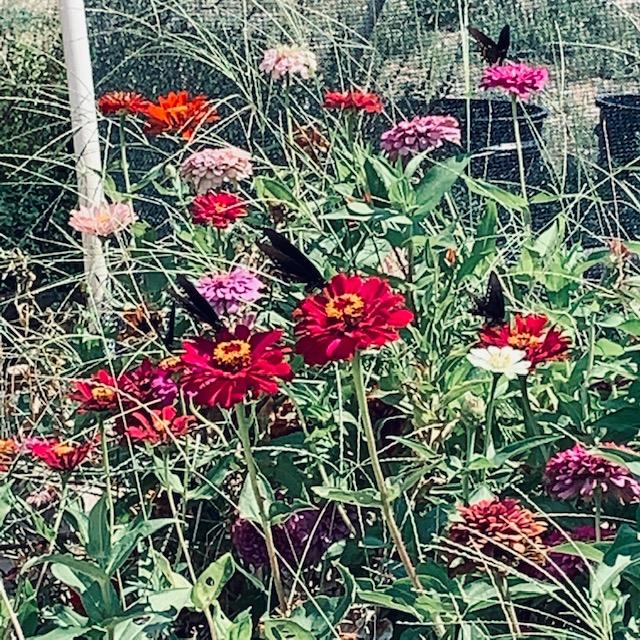 Flowers, bees, and butterflies are everywhere!
Flowers, bees, and butterflies are everywhere!